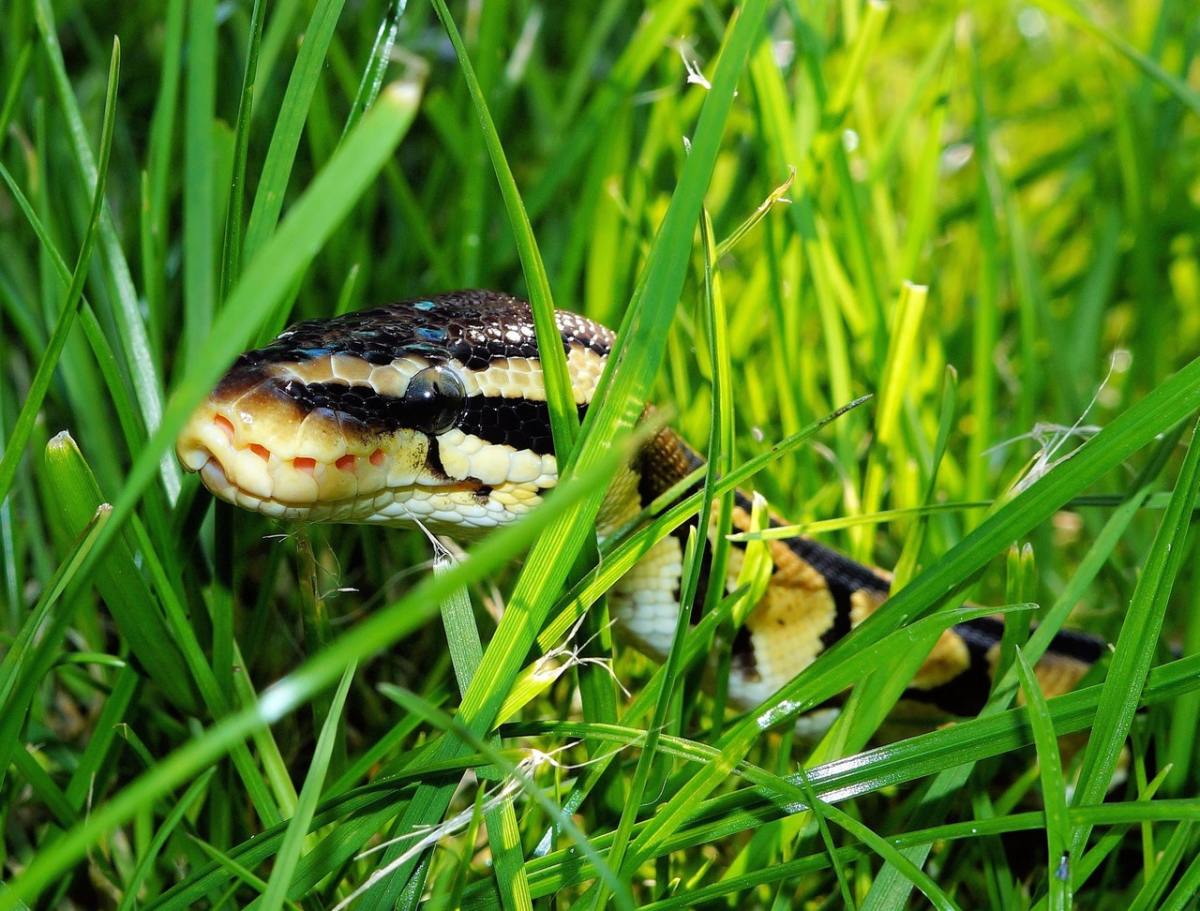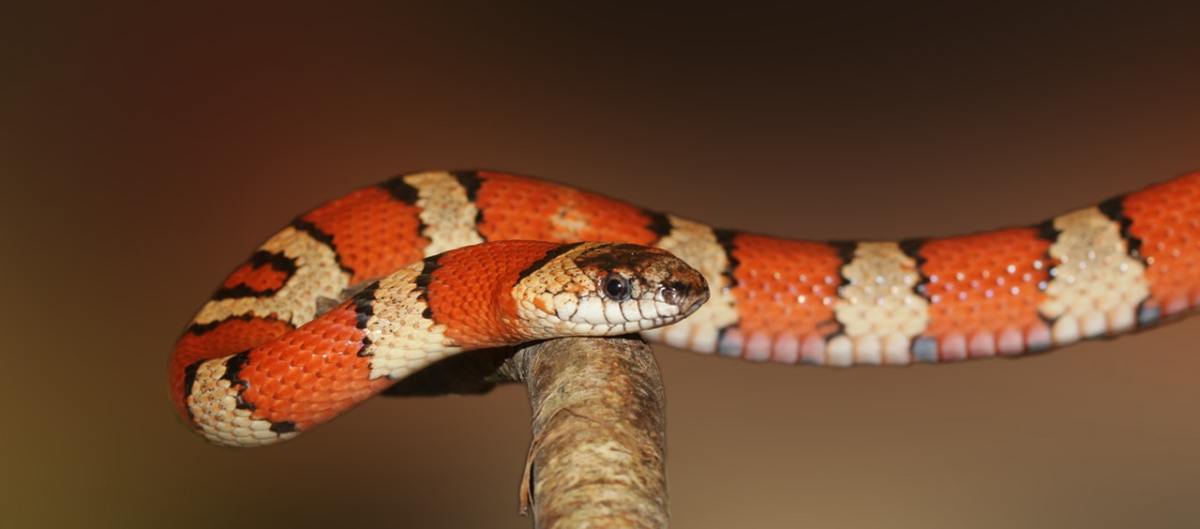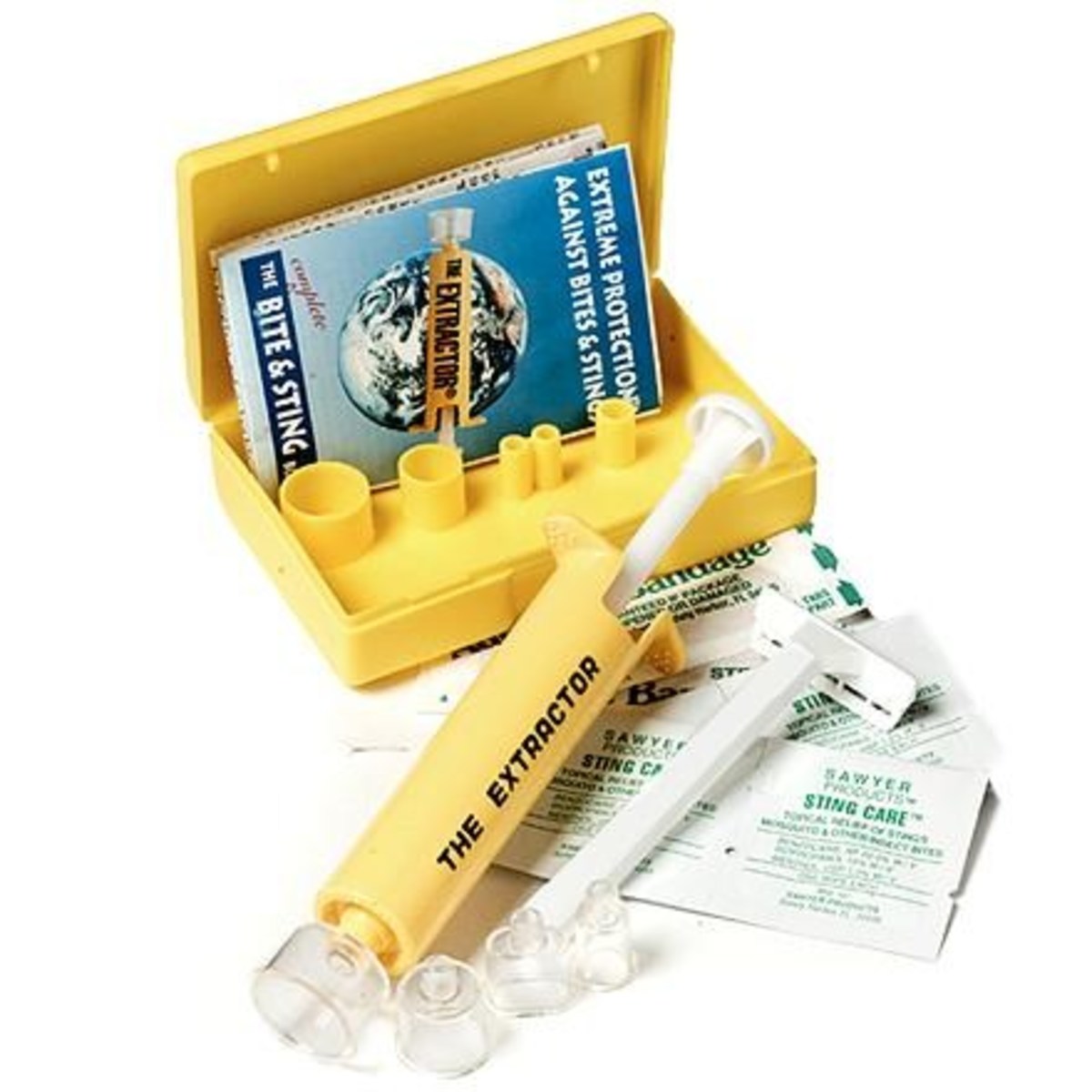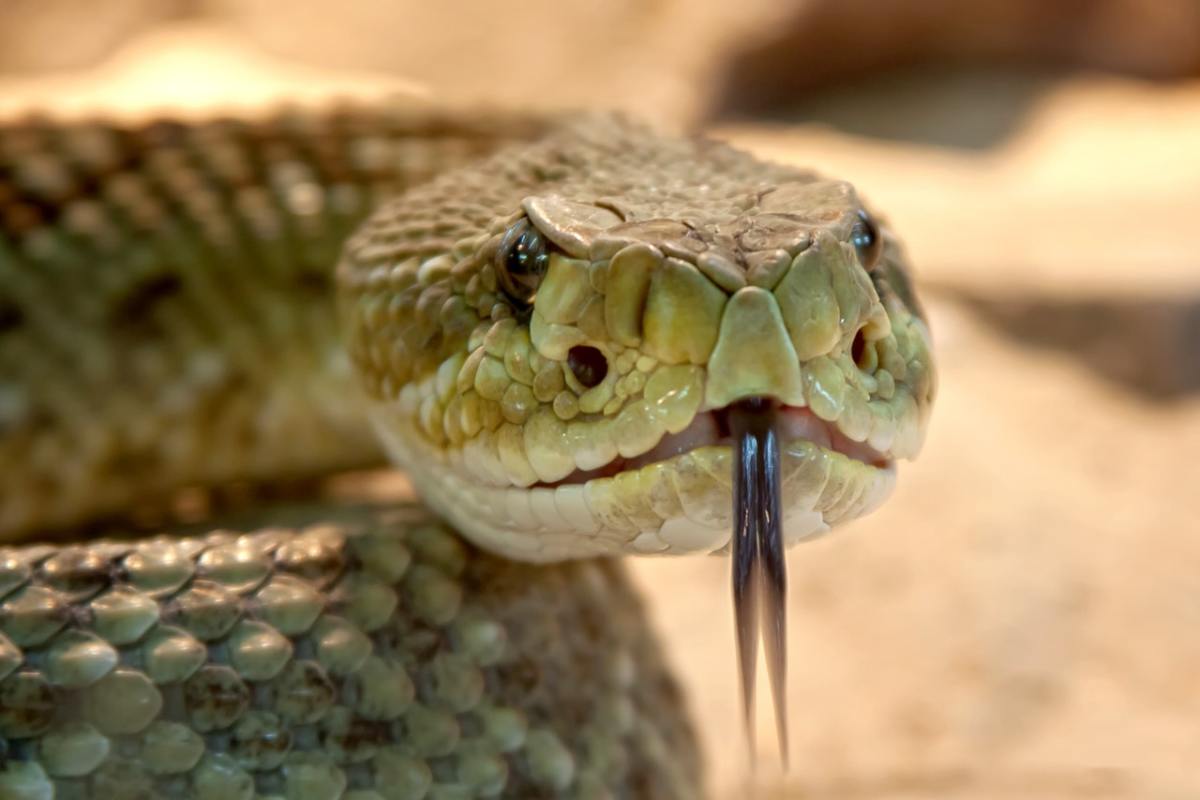If you spend a lot of time outside you’ve likely run across a snake before. Sometimes we accidentally run over an innocent little garter snake on our mountain bikes, and other times we have enough time to step around one that hisses or slithers out from the brush on a hike.
But occasionally these sneaky creatures pounce before we know it, inflicting a bite that can leave us wondering what the heck we should do. Is the snake even venomous and will require immediate medical attention? Or was it a non-threatening species that gives us some breathing room to make a smart decision?
The good news is, that it’s super rare to die from a venomous snakebite in the United States. The Centers for Disease Control and Prevention estimates that 7,000 to 8,000 people are bit by venomous snakes each year and about five of those people die.

The best thing you can carry with you is general knowledge about where snakes hang out, what types you don’t want to mess around with, and what to do immediately after a bite, especially if you think it’s poisonous.
Snake Types and Behavior

The first way to put yourself at ease is to scout out the snake types that inhabit your everyday playgrounds. Among the most deadly snakes in North America are the cottonmouth, copperhead, Eastern coral snake, and those various rattlesnakes (timber, black diamond, tiger, and Western diamondback).
Check out which of these suckers potentially spend time on your trails and in your adventure spots. Same goes for researching areas you’re traveling to if you’re going to be in the bush.
Keep in mind the old Boy Scout adage: “Red and black, friend of Jack. Red and yellow, kill a fellow.” We can watch for “bad” colored snakes, but there are plenty that don’t fall into that category. Plus it’s not always possible to pinpoint the exact reptile that just sank its fangs into your leg, since they typically head right back into hiding.
But if you know which venomous snakes hang out in your state, you’ll be more informed about how to avoid them and what to do if they get to you.
Avoid Snake Terrain and Habitats
You probably already know that snakes like tall grass, usually along the sides of trails and anywhere not heavily traveled. So don’t tramp around in that stuff, especially without boots and long pants.
One thing that people often forget is that snakes can climb (into bushes and trees). So be aware that a snake could be dangling higher than you imagine.
Lastly, watch when and where you’re setting up camp for an overnight. Look for the clearest spot rather than in the middle of reedy snake territory. And don’t forget that snakes are nocturnal, so they’re active when humans aren’t. Be sure keep an eye out during those late-night bathroom breaks.
Do’s and Don’ts After a Bite

New snakebite kits seem to pop up online every year, but the jury is still out on their effectiveness—and whether people actually remember to take the safety stash in the first place.
If you’re going off the grid for an extended period of time, however, this is something worth investigating. If left on for a few minutes, these portable devices claim to be able to “suction” out up to 30 percent of venom.

But in the worst-case scenario where you are out the woods, without a snakebite kit, even alone (which is something we do not recommend, by the way), and you think you just got noshed by a potentially poisonous snake, here’s what you should (and should not) do:
– Move away from the snake and don’t try to pick it up. A bite from a venomous snake will cause severe burning at the puncture site in about 15 to 30 minutes, along with other varied symptoms. The faster your heart pumps the faster venom moves through your system. The goal is slow its progress, so try not to panic. And don’t drink caffeine or alcohol as a painkiller.
– Keep the bite area below your heart to slow the flow of venom, and remove anything that could cut off circulation (a ring or watch, for example) near the bite, which will inevitably swell.
– Do not cut into the bite marks in an attempt to release the venom or try to suck the poison out. Those efforts will only increase the chance of infection and put poison right back into your bloodstream.
– Wash the bite area (soap and water is best) and firmly apply a dry dressing like a bandage. Note: Some sources even recommend you don’t wash off external venom, as it could help identify the type of snake that bit you.
– It might sound soothing, but ice is not helpful for snakebites. Call 911 and get yourself to a hospital as soon as possible. Powerful counteracting medicines work well on snakebites, so there’s a very good chance you’ll be just fine.
from Men's Journal https://ift.tt/3cJg0zH
via IFTTT








0 comments:
Post a Comment